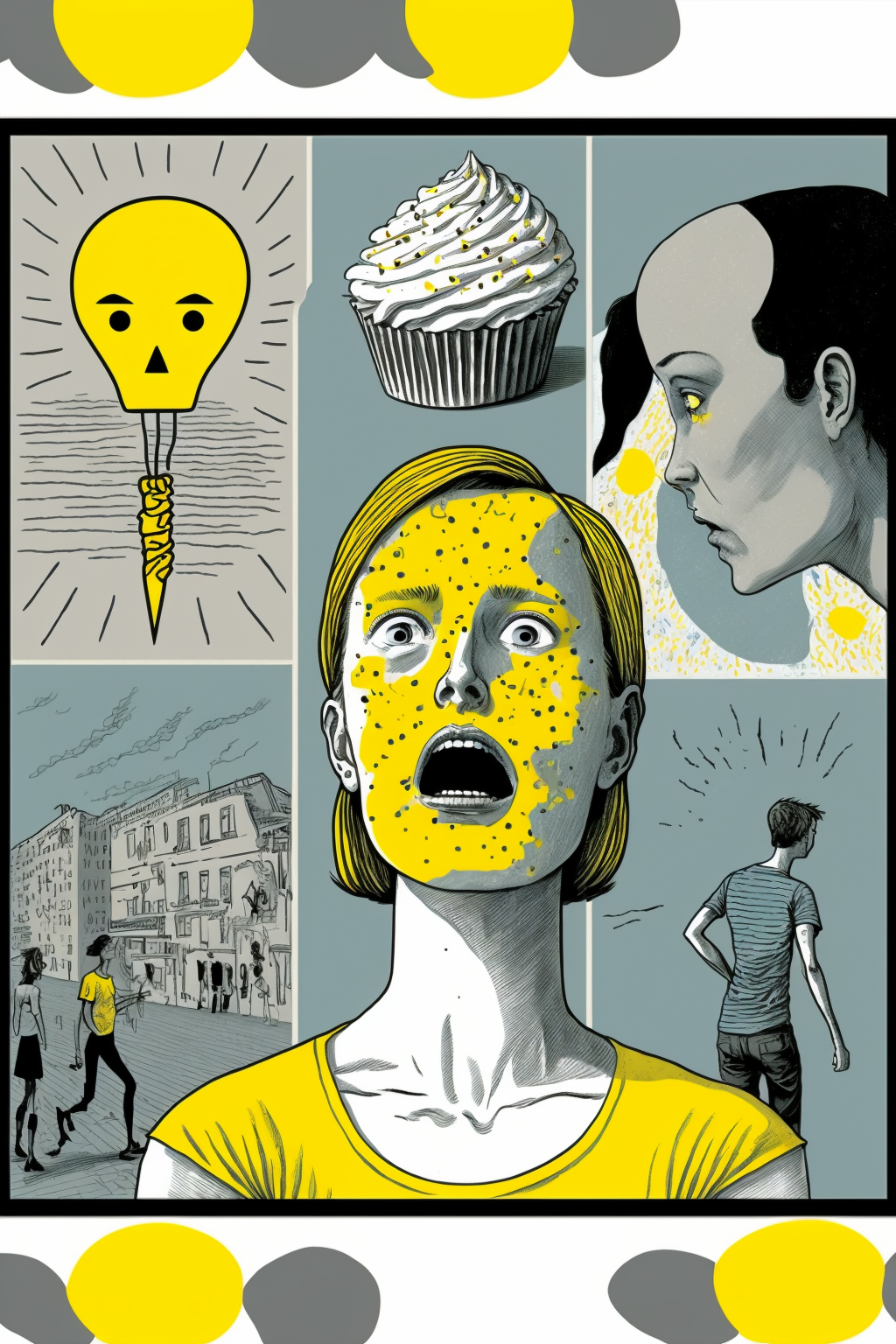La narration et la personne créative
Ma thèse traite de la narration en tant qu'acte créatif : nous développons des narratifs dans le cadre de processus créatifs, et pour comprendre et expliquer des comportements (le nôtre et celui des autres), événements ou artefacts. Un narratif est typiquement utilisé pour répondre à ce genre de questions : "Que s'est-il passé avec Alex ?", "Peux-tu m'expliquer ta réaction ?", "Comment as-tu conçu cette œuvre ?". La narration semble être omniprésente et à propos d'une multitude de sujets, ce qui pourrait expliquer pourquoi certaines personnes confondent fiction et réalité, et s'éprennent par exemple de robots. Donc ma question : qu'est-ce que la narration, et pourquoi est-elle si répandue ?
Narratives and the Creative Person
My thesis is about narratives as creative feats: narratives are created in order to help understand and explain our own and other's behaviours, but also artefacts and events. They can be helpful in creative processes – as a guiding thread, or as a means to communicate intentions. We develop narratives to answer questions such as: "What happened the other night with Alex?", "Can you explain why you did this?", "How did you devise this work (of art)?". Narratives are wide-ranging and ubiquitous, which could help us explain why some people confuse fiction and reality, and, for instance, fall in love with a robot. Thus, I wonder: what are narratives and why are they so widespread?


